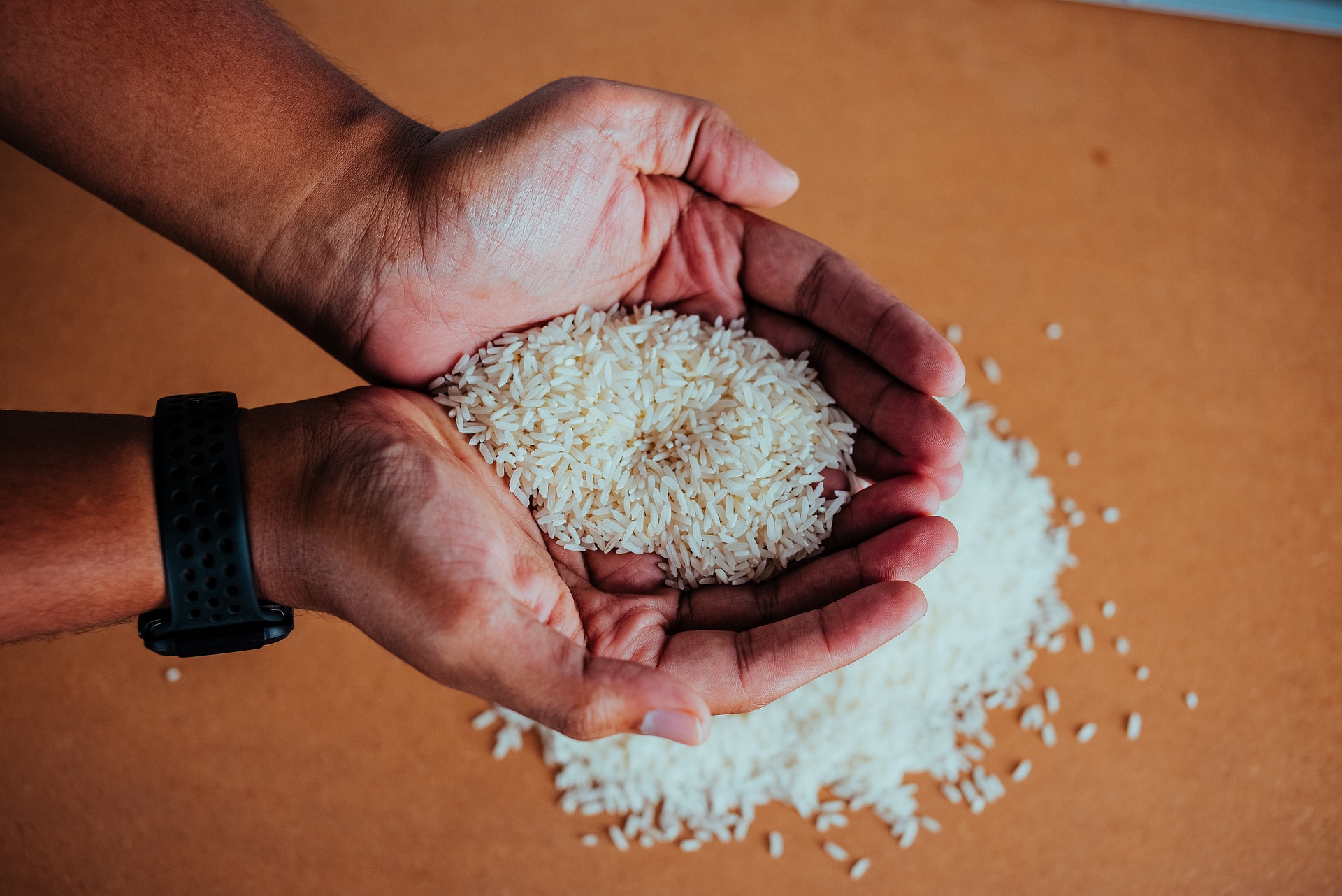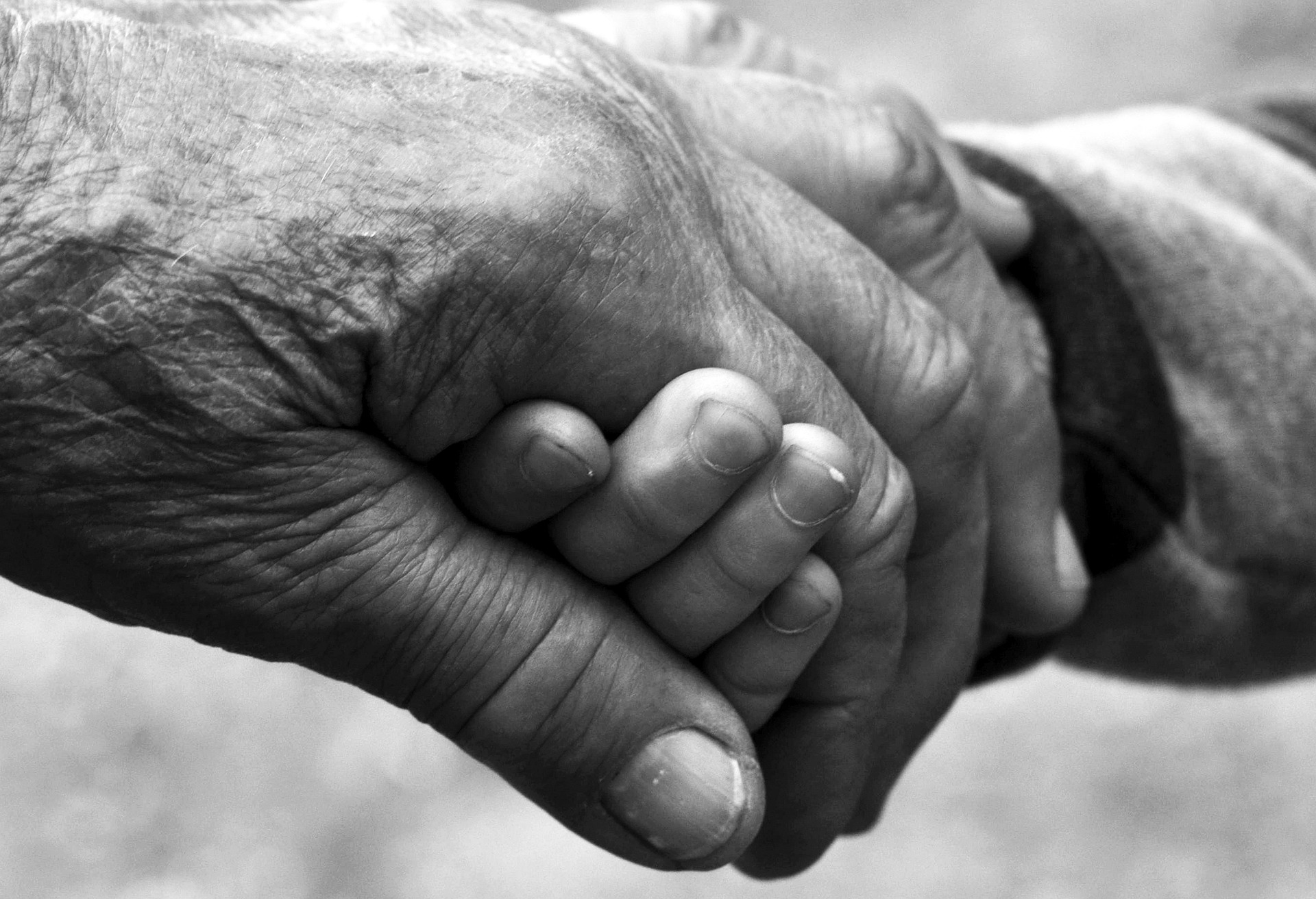In this feature, we showcase four short films by students enrolled in FLM362 Smartphone Filmmaking for Meaningful Storytelling, a course offered by the School of Humanities and Behavioural Science in SUSS.
FLM362 Smartphone Filmmaking for Meaningful Storytelling is an elective course where students learn how to use their smartphones to create a short film from start to finish. Students come up with their own script and learn to storyboard their film before shooting it. Using readily available equipment and software, students edit their footages into the final film. One important requirement of this course is that the short films must tell a meaningful story with a social message, in keeping with the university’s emphasis on community, social consciousness, and inclusivity. The course is highly practical and is taught by an experienced filmmaker.
The assignment
Students were tasked to make a 3-5-minute film on any topic close to their heart, with the end result a story that is worth telling. The time limit is challenging, as it requires discipline and precision to convey a story effectively in such a short time. The students also had to work with many restrictions because of the pandemic; among other things, they had to minimise the number of actors and were advised to work with as few locations as possible. They were assessed on their storyboard, their storytelling, their creativity, and their films’ technical and artistic aspects.

Posi+ive
Mohamad Syafiq bin Mohamad Zahren

Who I Am
Timothy Lee Ren Jie

Rice
Tan Ying Xuan

Sandwiched
Muhammad Iman Hakim bin Sugen
